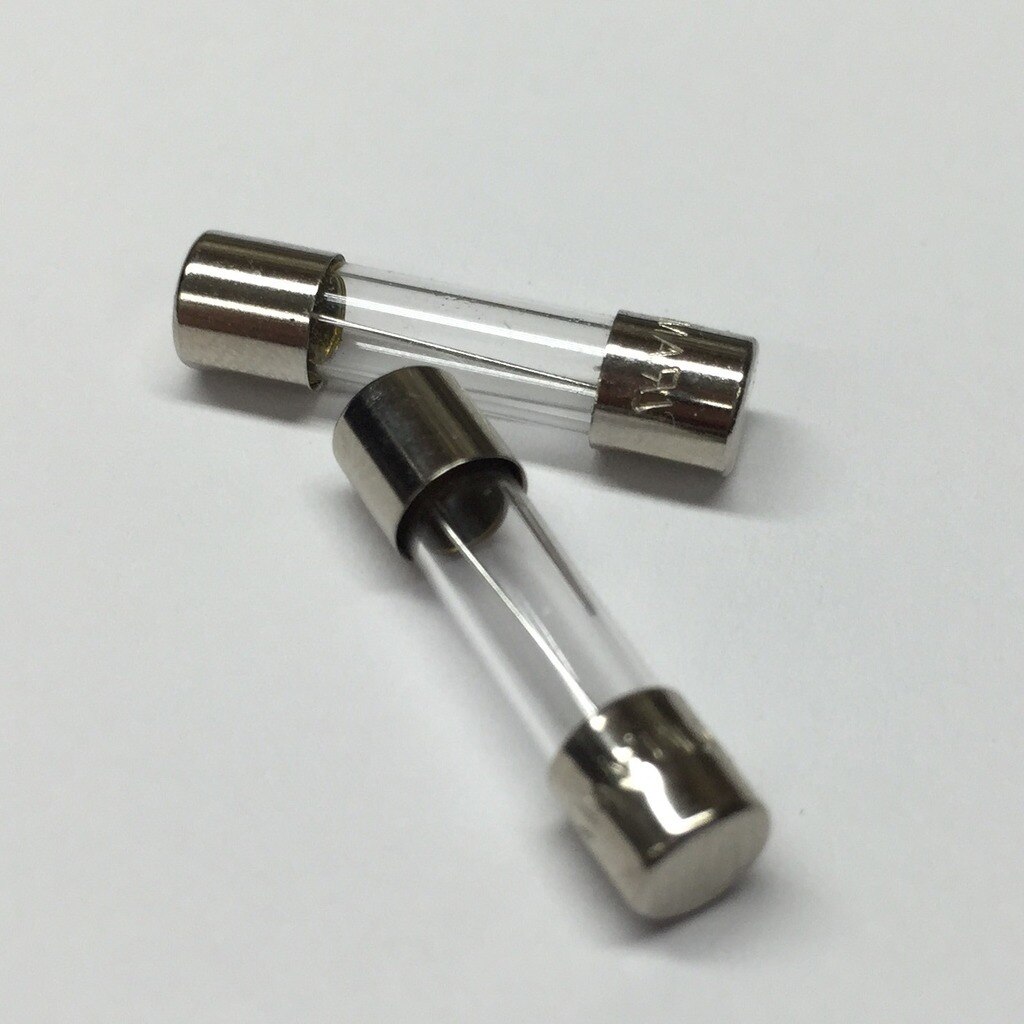
These challenges can be overcome by loading nucleic acids on lipid nanoparticles.

Notice how different soap surfaces progressively become one this is somewhat similar to the process of fusion in cellular membranes as well. Introducing nucleic acids as a treatment is further complicated by their usually strong immunogenic response. However, unlike many conventional small molecule drugs, nucleic acids can not cross various cellular barriers, such as plasma membrane, before they could reprogram the cell (translated). Simply stated, the premise is that a diseased cell can be re-programmed to be healthy by introducing nucleic acids (mRNA or DNA) into the cell. One such problem is a safe and efficient translation of gene therapy.įor those familiar with the field, genetic therapy holds immense potential as a treatment for all sorts of ailments and diseases. Ability to do so can address many immediate challenges of biomedical research.

Given high-intensity acoustic fields are essentially mechanical stimulus, it is conceivable that acoustic fields can control biological functions at the cellular level. Mechanical stimulus is well known to cause a variety of biological effects at a cellular level. However, in comparison, the biophysics of how acoustic fields interact with biological matter at a microscopic level lags far behind. State of the art now allows precise control and delivery of acoustic energy into various internal organs of the human body where the energy can be focussed to form controlled lesions on incisions. The “destructive” power of acoustic waves has had remarkable success in treating many ailments that require micro-ablation or incisions, as I covered in a previous post. Just like the rays of sunlight focussed through a lens can easily cause a burn, sound waves can also be concentrated deep inside the human body to produce a physical effect.


 0 kommentar(er)
0 kommentar(er)
